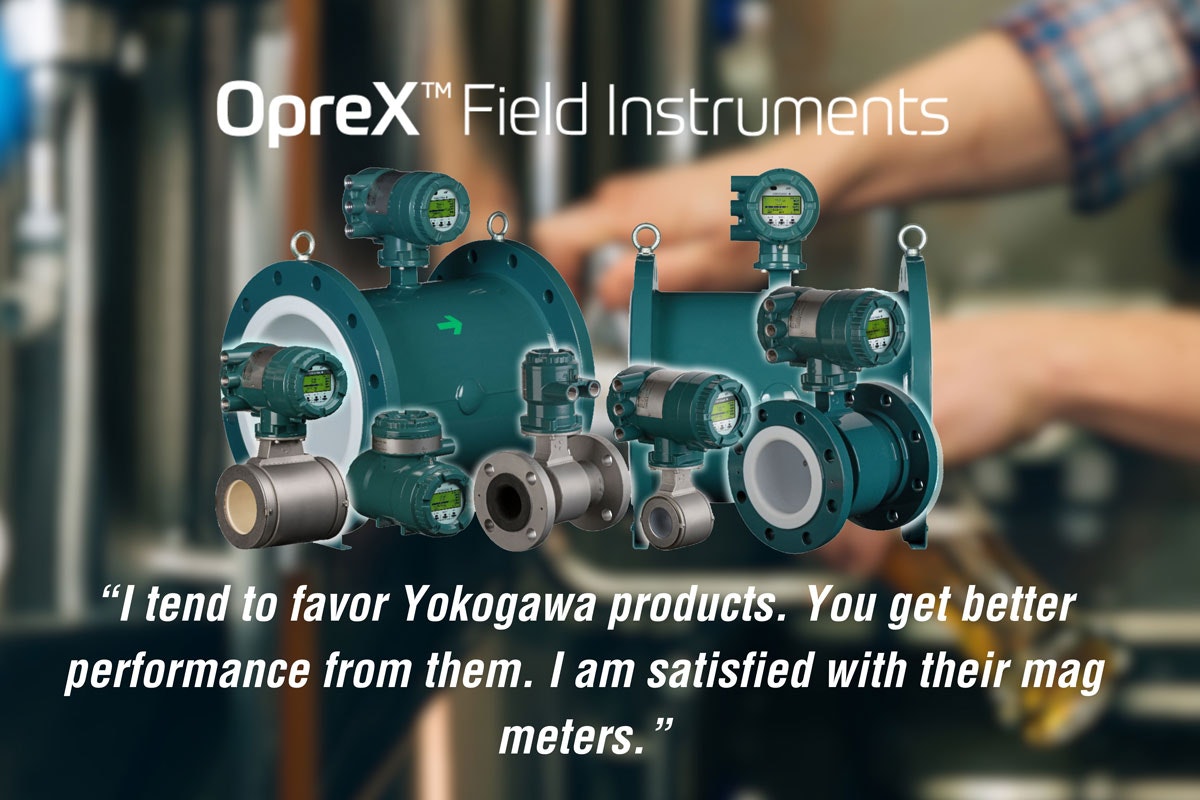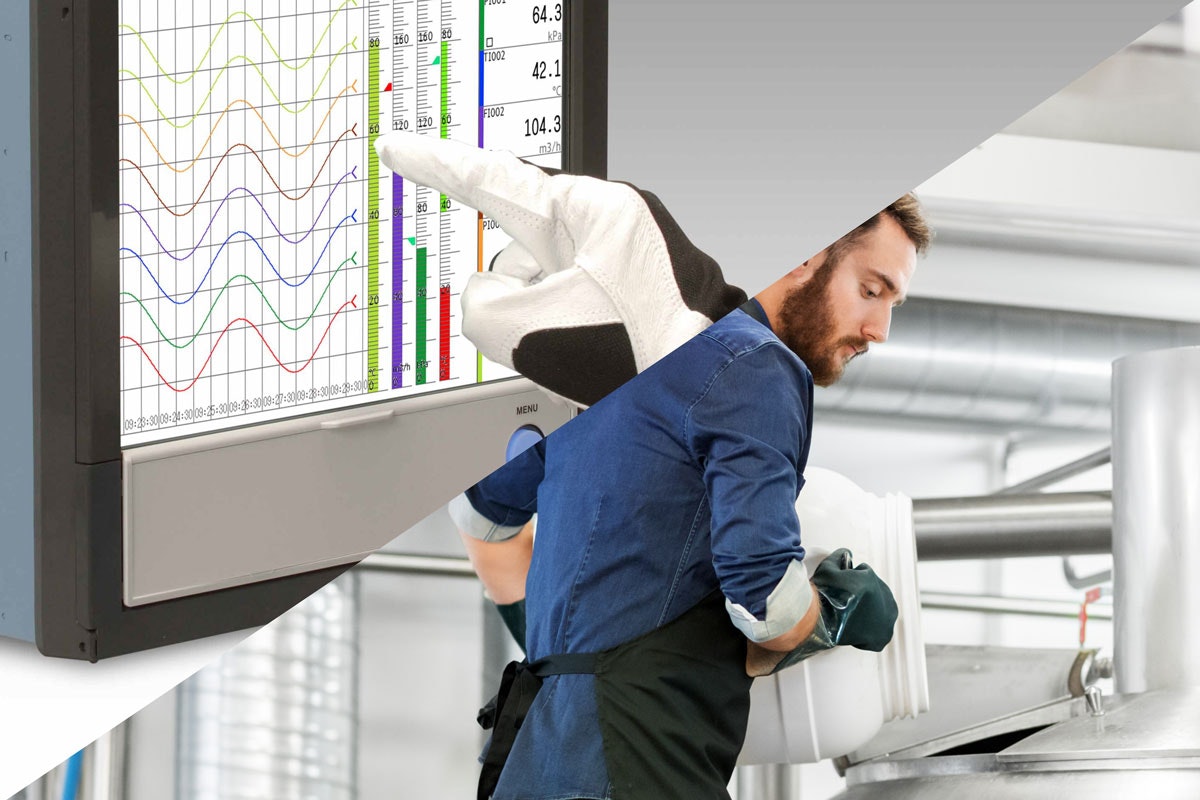SPONSORED CONTENT
Many successful breweries today are looking for ways to grow their operation to supply more variety or additional volume for ready-and-waiting customers. To keep growing in the industry, as a brewer, you need to be able to see the entire enterprise and each element of the process. That means understanding the whole picture, making sure business is going in the right direction while keeping costs low.
After consulting for many years with breweries, we at Yokogawa—a leading provider of industrial automation and test and measurement solutions—have gathered a few ideas that could help you find efficiencies now and be ready for tomorrow—ideas that don’t require a complete reboot of operations. These ideas include taking advantage of automation opportunities to improve production, reduce human intervention, and maintain quality and safety.
Reduce the Workload by Improving Efficiency
Human intervention in the brewing process can be important during some, but not all, phases. As a brewer, you can reduce your day-to-day workload, reduce expenses, and reduce waste by adopting automation.
To realize such benefits, you need reliable instrumentation that offers high sensitivity and stability while providing precise control. For example, brewers have traditionally measured fermentation by regularly taking a wort sample and measuring it on the Baumé scale to determine its specific gravity. Recently, however, some brewers have been using a liquid density analyzer, such as Yokogawa’s models VD6 and DM8C, in the fermentation process rather than assigning someone to take samples. Your brewery staff can then use their time for other activities, thereby increasing efficiency.
More than creating efficiency, however, this automated measurement lets you obtain test results continuously and know when to stop a process, so you don’t overshoot the mark.
Predict. Don’t React.
Instead of being caught up in responding to sudden equipment failures and production stops, you can plan and act before process shutdowns or slowdowns happen. In addition, it’s possible now to eliminate some time-based maintenance—that is, regularly performing equipment maintenance simply because it is on the schedule—and change to predictive maintenance. That means, for example, predicting bearing issues before they happen. Measurements such as vibration and temperature give clues that a piece of equipment will need attention.

Today, some breweries use magnetic flow meters (mag meters) that enable operators to view information such as equipment condition and other diagnostics—along with flow rate and slurry conditions—while operation continues. Sensors also can now measure properties such as vibration, temperature, and pressure to detect equipment condition. You can use that information to perform maintenance and troubleshoot without stopping production.
Improve Water Management
Water and its optimal management are key to brewing high-quality beer and to maintaining a safe and clean process. As a brewer, you want to ensure water sources are filtered and monitored, minimize water use in the brewing process, and optimize water for cleaning processes.
Wastewater is another significant concern for brewers, especially those who want to grow. To meet environmental requirements, before discharge, wastewater must be properly treated. As regulations increase on wastewater, you need to monitor and record measurements such as pH values, proving you are within standards.
Brewery wastewater acid levels naturally fluctuate. Depending on what and how much you are producing, wastewater might contain organic and inorganic compounds that can lead to increased pH, increasing the likelihood of solid deposits and increasing the potential for sludge that must be removed during the treatment process before discharge.
Because pH values are critical measurements in discharge as well as throughout the process, measurement sensors must be kept exceptionally clean. Yokogawa pH sensors are designed to automatically help prevent sensor clogging and protect the internal reference in the sensor against potential errors. Simple and automated cleaning can be accomplished with a spray nozzle.

Traditionally, someone on the brewery team has walked the floor, measuring values at appropriate intervals. More recently, some brewers have changed to using automatic data recording using paperless data loggers such as Yokogawa’s GX series. With automatic recording, no one on your team has to manually gather data. Process and material data are digitally recorded so that you can simply retrieve the records later. Paperless recording is now best practice in many breweries to display measurement data on a touch screen in real time and store the data on a memory card.
Furthermore, a standard Ethernet interface can allow the use of network functions such as e-mail notifications, remote monitoring via a web browser, and file transfer via FTP. Recorded data can be transferred to a PC for management and storage.
Increase Production with Improved Measurements
To get the growth they need, many brewers seek more precise measurements that enable them to increase production. Innovative brewers are finding methods to achieve better results.
For example, with less fluctuation in the level measurement, brewers can confidently increase their set points without fear of overfilling their vessels, thereby increasing production. One key variable is wort temperature measurement. Brewers today are finding that even with the rapidly changing wort temperatures in the whirlpool process, they can increase the production rate. The key to increasing the level set point is using tools such as Yokogawa’s pressure transmitters and level transmitters that have active temperature compensation, allowing the transmitter to provide a stable level measurement.
Another potential production solution for breweries is Yokogawa’s specialized imaging instrument, FlowCam 8000, which assists in particle analysis of fluid samples. Instead of arduously counting yeast cells, with such an imaging instrument, you can measure liquid content with technology that uses flow cytometry and microscopy to capture high-res images of particles as they pass through a flow cell.
Easily Add Instrumentation
When your brew team determines that you need to add instrumentation, you can reduce the costs with Yokogama’s simple-to-add devices. Some instruments, such as flow meters, provide tools that enable seamless integration of electronic data sheet (EDS) files and easy input of device data to the supervisory control system. These capabilities enable your brewery team to more quickly configure new flow lines. Installation and startup are further simplified because your team can configure and diagnose issues using a web browser and a supervisory control system interface.
Some Yokogama transmitters also enable breweries to easily replace existing transmitters without the need to modify tank connections. The local operator interface with easy push-button configuration can simplify transmitter setup and reduce the time required to restart the brewing process.
Use Data to Grow and Operate Smoothly
Take advantage of instrument-gathered data and use it to help you outline the ideal state of operations and see where change will make the most sense. Digital technology can accelerate your business strategy by putting people where they work best and applying technology where it fits best. With the data in hand, you can optimize processes to achieve improved business performance and growth.
Combining superior technology with engineering services, project management, and maintenance, Yokogawa delivers field-proven operational efficiency, safety, quality, and reliability. Check out our automation and test and measurement solutions today.
SPONSORED CONTENT

